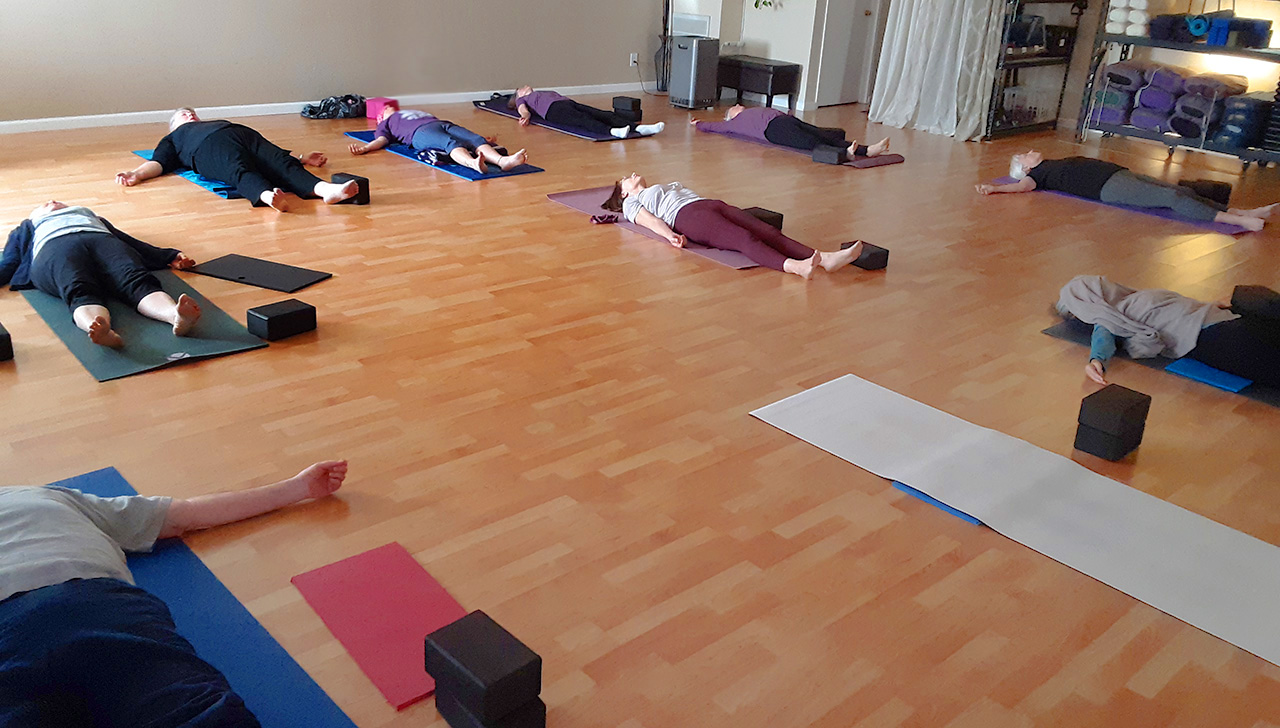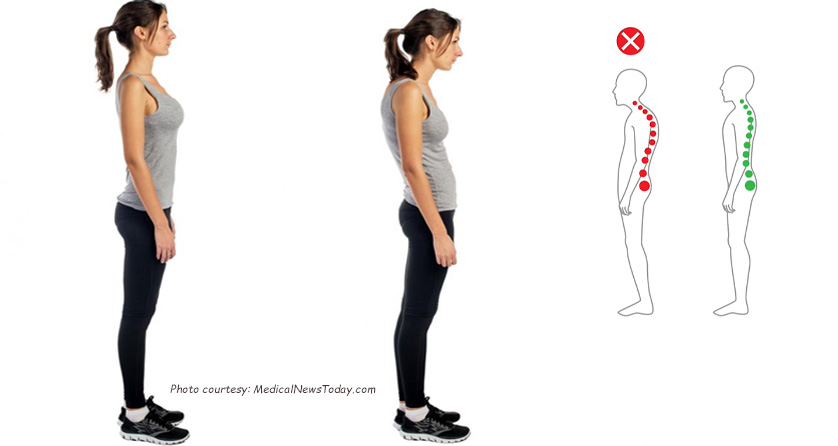If you could improve your employees’ health and reduce absenteeism, would you?
by Gwenn Jones, CPT, CYT
May 18, 2024
“I threw out my back.”
“I was injured at work.”
“I’m on disability.”
The stinging pain points today’s businesses suffer from employees missing in action. A leader? Back pain.
Scary statistics of back pain in the USA
“Low back pain (LBP) is the most common type of back pain, affecting 1 in 4 American workers. It costs the nation $100 billion annually.’’
“In the United States…opioids are now the most commonly prescribed drug class. More than half of regular opioid users report back pain. Rates of opioid prescribing in the US and Canada are two to three times higher than in most European countries.”
“Employees who suffer from back pain are also much more likely to suffer from depression and chronic fatigue, both of which significantly reduce productivity. Depression alone is estimated to cost US workplaces $23 billion each year in absenteeism.”
[Resources below]
According to the Centers for Disease Control (CDC):
“To improve the health of their employees, businesses can create a wellness culture that is employee-centered…” according to the (CDC).
Let’s problem solve:
What is the most cost-effective step to get employee wellness off the ground?
Answer: Information.
→ Trustworthy communication and education. Omit trendy junk. It will disappear in a year.
→ Half of my clientele are referred to me because of (preventable) back pain. Improvement begins with education.
Why not beef up your workplace culture with credible wellness insights from a professional?
In fact, overall wellness can be gracefully addressed. (Yes, I’m more than a content writer—I’m a 20-year term Personal Trainer and yoga studio Owner.)
It starts with Communication! Why not leg up boss? You’re the Chief.
→ Why not detonate momentum for your staff with explosive wellness newsletters?
→ Why not provide your staff fun, creative tips and credible instruction?
→ Why complain unless you bring in effective wellness strategies?
→ Why not insert health tips in your client news? They’ll love you for it.
What’s in it for your staff? Plenty.
Here is how to start your workplace wellness program.
Wellness Newsletters: Workers pay attention to management bulletins. It’s fair to say they have to, right?
Try regular health issues promoting precise and meaty insight for overall self-improvement. A topic most folks devour. You know I’m right.
Here’s the backbone:
→ Exercise: to prevent injury, build weak muscles, reduce joint pain, speed recovery
→ Nutrition: to assist the immune system, gut health, metabolism, and everything
→ Mental Health: to reduce depression, boost energy, endorphins, self-esteem
→ Work events: to involve physical activity and socialization
Here’s an idea! Add a Wellness blog to your company website.
What’s in it for your company? A win win, because:
→ Exercise delivers stronger bodies, and MAINTAINS them
→ Healthy workers suss sunny attitudes, more often
→ Reduce the number of employee absences from unnecessary and preventable back pain
→ Workers improve their health by learning easy, achievable nutrition changes
→ Businesses, that show wellness consistency and employee support report positive ROIs
→ Healthy, happy workers are 12-13% more productive. (That’s a fact.)
AND, on the front end…
→ Blogs boost your SEO
→ Clients trust in your authority
→ Your brand exposure expands
Excess absenteeism swallows your profits.
→ Let’s downsize this dilemma
→ Let’s start some momentum
→ Let’s make colossal health changes now!
Do you assume your staff has no interest in health?
Your company management might be surprised at how many employees desperately want to feel (and look) better. Every day I meet someone who still repeats the trends of the 1950s. It goes something like this, “I’ve tried every diet 40 times, nothing helps,” or, “I starve myself for a week, lose 5 pounds, then it comes back.”
Credible wellness professionals rarely use the term diet in our vocabulary. Learning and practicing proper methods of wellness PROMOTE CHANGE.
Many who suffer from poor health have two things in common; no accountability and no support (at home).
Let’s change that. And you, as the company CHIEF is where it starts.
Want to know more? This is what I do. Contact me here.
For the detailed study of the U.S. Chamber of Commerce’s workforce wellness implementation, financing, company ROI, behavioral change and more, go to this PDF: https://www.uschamber.com/assets/archived/images/022436_labr_wellness_report_opt.pdf

Article by:
Gwenn Jones, CPT — Content writer in Wellness-Lifestyle-Fitness, Gwenn is a 25-year ACE-certified personal fitness trainer, yoga studio owner, instructor and fitness consultant. Grateful to be a native Californian where happily home-based.
Deyo RA, Von Korff M, Duhrkoop D. “Opioids for low back pain.” BMJ, January 5, 2015, https://www.ncbi.nlm.nih.gov/pmc/articles/PMC6882374/
Net Health, November 16, 2022









